Where is New Zealand?
About New Zealand
The Land
The People
Life and Death
Health, Energy and the Environment
Education and Work
Travel, Communication and the Media






Back to the Flags of Oceania page

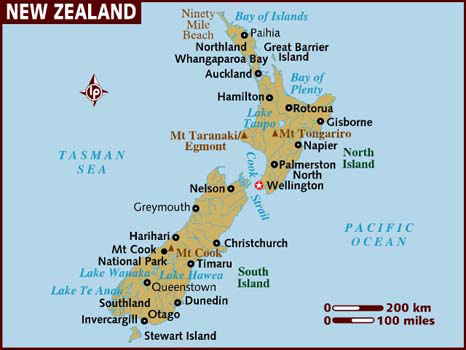


New Zealand is an above average size country in Oceania.
New Zealand has a border on the Pacific Ocean.
The land is a mixture of mountains and plains.
The geographical coordinates for the centre of New Zealand, also known as lines of latitude and longtitude, are:-
Latitude - 41 00S
Longitude - 174 00E
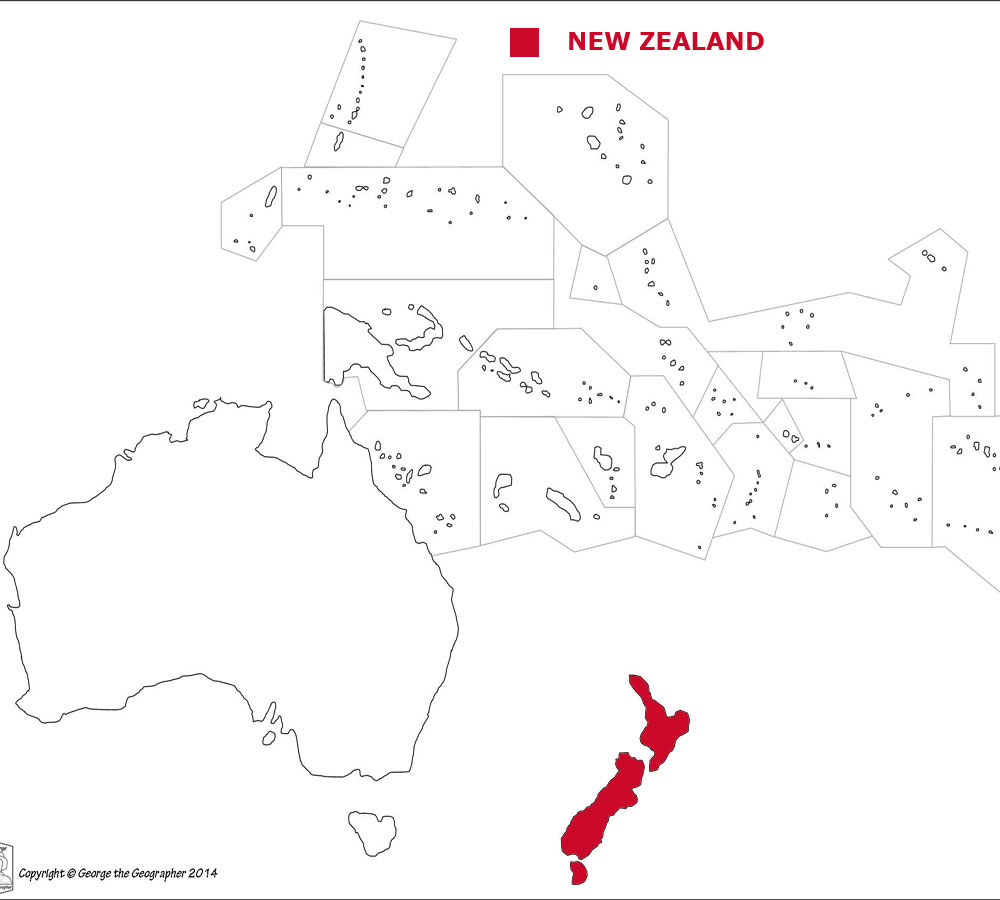

Check the weather in Wellington now.
This is the time in Wellington now
 The New Zealand flag is blue with the flag of
The United Kingdom in the top left corner. There are also 4 red stars edged in white in the centre of the right hand side of the flag. The stars represent the Southern
Cross constellation.
The New Zealand flag is blue with the flag of
The United Kingdom in the top left corner. There are also 4 red stars edged in white in the centre of the right hand side of the flag. The stars represent the Southern
Cross constellation.
New Zealand is a parliamentary democracy with a Prime Minister as head of government. The British monarch is Head of State represented by a governor general.
In elections everyone over the age of 18 can vote.
The currency in New Zealand is the New Zealand dollar. New Zealand is a member of the Commonwealth.
Maori and English are the official languages.
Hear the National Anthem
These are the anthem words
We have already written our own history of England but are asking schools in New Zealand to provide us with a detailed history of
their own country. Check how here.
![]()
![]() Back to the top
Back to the top

The total land area of New Zealand is 264,537 sq kms which is the 3rd largest in Oceania.
New Zealand has lakes, rivers and canals which total 4,310 sq kms.
New Zealand has no boundaries with other countries.
New Zealand has a coastline of 15,134 kms which is the 2nd longest in Oceania.
The highest point in New Zealand is Aoraki Mount Cook at 3,724 metres.
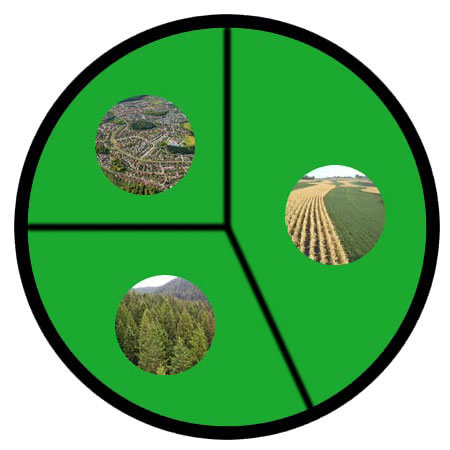

The total population of New Zealand is 4.47 million people, making it the 3rd largest country in Oceania by population.
Of this number 2.24 million are females and 2.23 million are males.
A person from New Zealand is called a New Zealander.
To be a citizen of New Zealand, one of your parents must be a citizen of New Zealand. It is not sufficient to be born in New Zealand. You have to live in New Zealand for
3 years before you can begin to apply for citizenship.
The largest five cities in New Zealand, by population are:-
- Auckland 1,417,910 people
- Wellington 381,900
- Christchurch 363,926
- Manakau 362,000
- Waitakere 208,100
 Each little Owlbut is 1 person and
the big yellow rectangle is 1 sq km. After a while you can compare countries and see which ones are the most crowded. Remember it is only an average as
more people live closer together in towns and cities than in villages out in the country.
Each little Owlbut is 1 person and
the big yellow rectangle is 1 sq km. After a while you can compare countries and see which ones are the most crowded. Remember it is only an average as
more people live closer together in towns and cities than in villages out in the country.
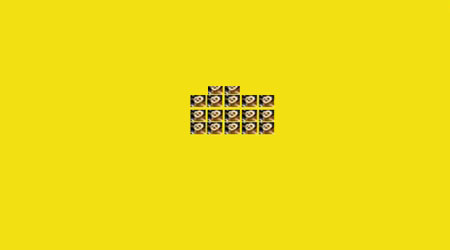
86.3% of the people live in cities or towns.

The birth rate in New Zealand is 13.3 births per 1,000 of population
The death rate in New Zealand is 7.4 deaths per 1,000 people.
Check this against the birth rate. If the death rate is higher than the birth rate then
the population will decrease unless immigrants arrive in the country.
There are 3.9 deaths of girls under 1 year per 1,000 of births and 5.0 deaths of boys.
The median age for females is 38.7 and for males is 36.9. The median age is that age which divides the population exactly in half so there are the same number
of people above the median age as below it.
The average age of a woman when she has her first child is 27.8.
The elderly dependency ratio is 22.4. This is the number of elderly people (ages 65+) per 100 people of working age (ages 15-64).
The potential support ratio is 4.5. This is the number of working-age people (ages 15-64) per one elderly person (ages 65+). As a population ages, the potential support ratio tends to fall, meaning there are fewer potential workers to support the elderly.



New Zealand spends 11.0% of its total income on health care.
There are 2.74 doctors per 1,000 people.
There are 2.3 hospital beds per 1,000 people.
30.8% of the population are estimated as obese.
100% of New Zealanders have drinking water that is either piped into their home or they have access to a public tap, a protected borehole, well, spring or
protected rainwater collection facility.
We have no figures for people who have access to a flushing toilet that is connected to a sewer. a pit latrine (that is a
permanent hole in the ground that is looked after) or a composting toilet.
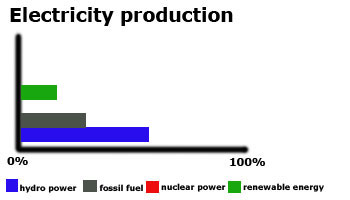
New Zealand releases 37.0 million metric tons of carbon dioxide by burning fossil fuels in the process of producing and consuming energy. This puts it as the 2nd highest in Oceania.

New Zealand spends 6.3% of its total income on education.
Children usually start school at age 6 in New Zealand. Primary education is for five years until age 11 and secondary education must continue till 16 but can go on to 18/19. This may be followed
by further education at a university or college.
Generally the school year consists of 4 terms and starts in the first week of February and finishes in the middle of December. There is usually a 2 week
break between each term, these being at the beginning of April (Easter), the beginning of July and the end of September.
We have no figures for the number of people who are able to read and write by the age of 15.
12.7% of all people aged between 16 and 24 are not in work. Among females 13.0% are unemployed while with males 12.4% can't find work.
The total number of people available for work in New Zealand is 2.56 million.
 They work in the following sectors.
They work in the following sectors.
- Agriculture includes farming, fishing and forestry work
- Industry includes mining, manufacturing, construction and energy workers
- Services is everything else

There are 39 paved airports in New Zealand, which is the 2nd highest number in Oceania.
![]()
There are 4,128 kilometres of railways in New Zealand, the 2nd longest in Oceania.
![]()
There are 94,902 kilometres of roads in New Zealand, which means New Zealand is in 2nd place for the most kilometres of roads in Oceania.
![]()
There are 3 major national newspapers in New Zealand.
There are 5.60 million mobile phone users.
42% of the people have a fixed landline.

3.92 million people have access to the internet at home via any device (computer or mobile).


